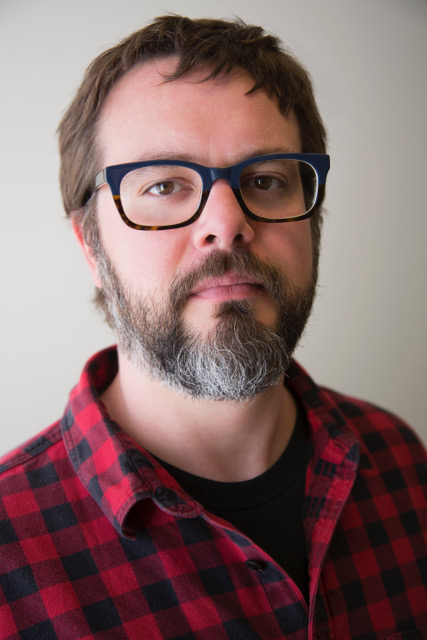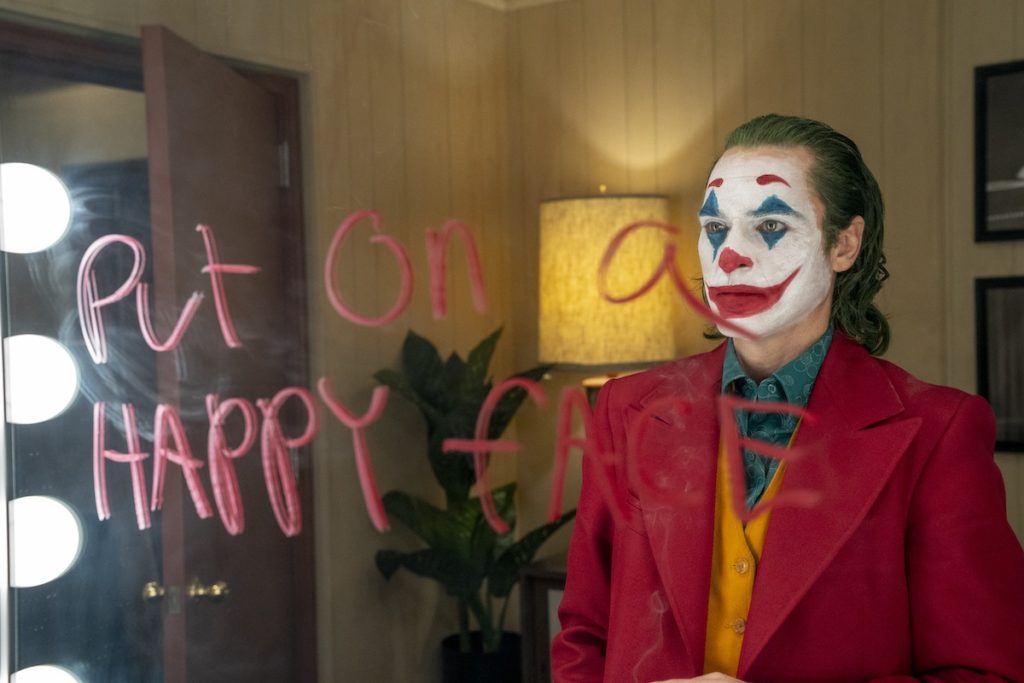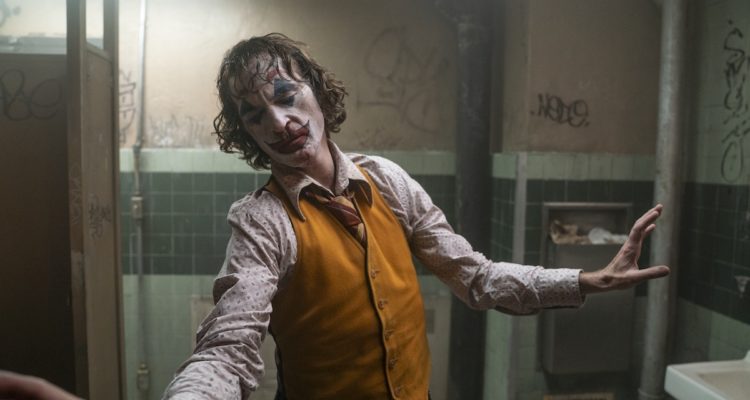Oscar Nominated Editor Jeff Groth Discusses the Two Mouse Approach When Editing with Director Todd Phillips, Joaquin’s Decision to Reshoot Several Scenes as Arthur Fleck Evolved, and the Thomas Wayne Confrontation Dilemma in Joker
“Shooting is the price you pay to get in to the editing room.” That is the mantra Joker director Todd Phillips uses when describing his passion for the editing process. The director’s love for the process is evident when you see the two-mouse editing console used by Joker editor Jeff Groth works. Groth, who is Oscar nominated for his work on Joker, has a left-handed mouse for himself and a right-handed mouse ready for Phillips to jump in at a moment’s notice.
This is Groth’s third collaboration with Phillips, following The Hangover III and War Dogs. The final film in this oddball trilogy resulted in over one billion dollars at the box office and a record eleven Oscar nominations for the R-rated comic book film. It should come as no surprise when Groth says, “If I can work with Todd Phillips for the rest of my career it would be kind of a dream come true.”
Awards Focus spoke with Groth ahead of the Academy Awards ceremony, discussing Joker’s Oscars nominations, controversy surrounding the film’s premiere and Joaquin’s evolving process as he crafted Arthur Fleck.
Awards Focus: When did you first hear word on Joker, and when did you get access to the script?
Groth: I heard about it from Todd and I was immediately interested, the idea to break away from the comics was very exciting to me. It was probably six months ahead of when they had the finished script.

AF: Todd allowed Joaquin to improvise and they also shot completely alternate takes. He seems to be very collaborative, not “by the book.” Would you agree?
Groth: I don’t know if I’ve had a “by the book” director. I definitely tend to have a strong back and forth collaborate with everyone that I’ve worked with so far. Todd is definitely one of those.
If there’s something worthwhile that Joaquin has done in regard to improvising, I don’t have to fight to keep it in. Everyone wants it in the film.
AF: You’ve worked with Todd on a few projects in a row, is it important for you to remain loyal to directors? When you think of collaborations like editor Thelma Schoonmaker who and Martin Scorsese, who have worked together for nearly 40 years.
Groth: That is a really flattering comparison first of all. I mean, if I could do that I would. If I can work with Todd for the rest of my career that would be kind of a dream come true. There’s a lot of trust that he gives as well as the space to do what I need to do.
Once production stops, Todd is in the room with me all day everyday. It probably sound intense, but I can’t think of anybody that I’d rather spend time with in the editing room.
AF: Todd love the editing process, we hear he can work in Avid. Can you expand a little bit on that kind of shoulder to shoulder partnership?
Groth: Yeah, I mean, I’ve often heard him say, “Shooting is the price you pay to get in to the editing room.” He loves being in there and knows what he’s doing. He comes from a background in documentary filmmaking, and those films are all about the edit.
AF: When did you start implementing two mouses, and have there been any conflicts from that?
Groth: I mean, being left handed, it was clear that he’d need his own mouse if he wanted to work on the film. Usually I’m working a keyboard when he’s working the mouse, so it’s actually pretty synchronous.

AF: How did you feel about the first trailer and the reaction to the film, there was a huge positive buzz and then there seemed to be a little bit of negativity surrounding the premiere. How did that effect you?
Groth: Well, certainly the first trailer was great, we loved it and I think everybody else did too. It was kind of the first glimmer of hope that people might be interested in this movie, and very much so obviously. As far as the controversy that continued, and I hate to even call it that exactly, but any of the negative pressure that might have happened, you know, surrounding the premiere, we just never anticipated that.
AF: And nothing ever came of that, which is a big point. In terms of violence, John Wick 3 had opened close to your film, and was significantly more gruesome.
Groth: Yeah, that’s true. I think we made the responsible choice in portraying violence as realistic and horrific. And there just wasn’t that much of it in the film.
AF: I want to ask about editing sequentially. which you’ve said you’re in favor of whenever possible.
Groth: Just about anyone would love to be able to shoot a movie started to finish… with editing, it’s the same desire for me. We talked how would it be great if we could do that for Joker, which I think is the reason that we wanted to cut it that way. Unfortunately, there was so much going on that there was no way I was going to be able to keep that up after the first week. When it came down to making a choice where to go next in terms of assembling the cut, I always went to the earliest scene that I had.
AF: Brett Cullen discussed shooting the Thomas Wayne / Arthur Fleck two different times with the dialogue changing three times in the span of ten hours. Ultimately, you and Todd chose the bathroom scene over the, sort of, hallway sequence in the theater. What was the conversation like when deciding on which to go with?
Groth: The other scene was just less emotional. There’s so much to that bathroom scene, and certainly, you know, the take, which was absolutely incredible where he, where he really gets, Joaquin is demanding to be seen by his father. There is no comparing to the other when Todd and I sat down and looked at both together.
AF: Were there other scenes that were shot multiple ways because Todd likes to just have flexibility in the edit?
Groth: There were a couple of scenes that we ended up shooting again, because Joaquin wanted to adjust some things that he had done with Arthur earlier in the film. Arthur became a little bit of a different guy during shooting, but there are no remnants of the other version because we never used anything from those scenes in the final edit.


